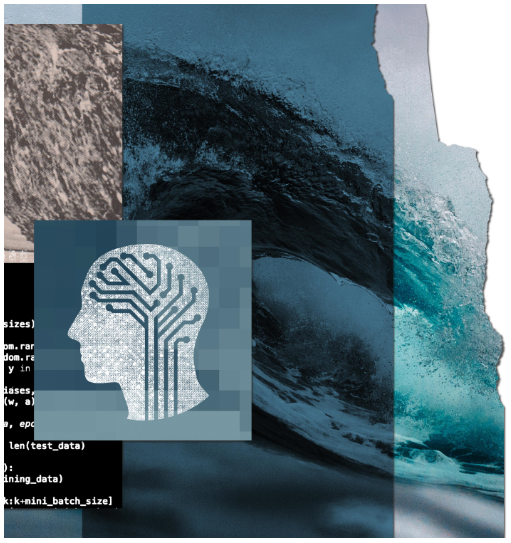The Task Ahead of Us: Transforming the Global Economy With Connectivity, Automation, and Intelligence
The next wave of digital innovation is coming. Countries can welcome it, prepare for it, and ride it to new heights of innovation and prosperity, or they can ignore the changing tide and miss the wave.
Economies are complex production systems with myriad subcomponent production systems—that is, industries—from manufacturing to health care to retail. What and how these production systems produce is grounded in technology. So, as technologies change, production systems change—around the world. Today, the most important and widely shared technologies are digital information technologies that have evolved from the mainframe and mini-computing systems of the 1960s and 70s. They include an array of personal computing devices, back-office servers, IT-embedded machines, and cloud-based services that are connected or dynamically provisioned to users over private networks or the Internet. But the world is now beginning to transform into a new kind of digital system, one that will not only build on existing devices and systems, but also increasingly will incorporate emerging technologies such as sensors, robotics, and artificial intelligence as they improve in price and performance. This next digital economy will be significantly more connected (with many more things, and many more types of things networked, including in more advanced wireless and wireline networks), more automated (as devices and systems enable more work to be done by machines), and smarter (as algorithms play increasingly important roles in sensing—and making sense of—all this).

This pervasive connectivity, combined with machine-driven automation and intelligence, will signal a new era for the economy. While transformative, this next economy will not be the so-called “Fourth Industrial Revolution”—a term some have embraced to trumpet an epochal transformation akin to the rise of steam power and electricity (only more consequential). Rather, these technologies represent more of an evolution of our current digital system; albeit one that will bring significant advances, particularly in applying digital technologies to the physical world (as opposed to principally information) and using software systems to generate intelligence.
Although this evolution could bring widespread economic and societal benefits, obstacles and challenges must be overcome to realize its full potential—and therein will lie an important role for government. This primer briefly lays out the nature and benefits of the new technology system that is taking root; what is involved in both developing the new technologies and implementing them across most industries; the implications for global competitiveness; the political economics determining the pace and extent of the evolution; and finally, the appropriate role for government to accelerate it.
Getting this right is critical for two main reasons. First, countries’ competitive advantage in the global economy will increasingly be based on the extent to which they are home both to the industries that are developing these new technologies and to the industries that are adopting them, particularly in globally traded sectors (e.g., agriculture, business services, and manufacturing). Second, nations that lead in adoption of these technologies—in all sectors, traded and non-traded—will experience greater increases in living standards and quality of life. But success in both development and adoption of these new digital technologies is not assured; in fact, an array of forces today work against it.
Perhaps the most important economic policy question for any nation or region is whether and to what extent its policies are focused on overcoming obstacles and aspiring to be a leader in the next wave of digital evolution. Those that choose to do so will benefit from more competitive industries and a more prosperous economy.

